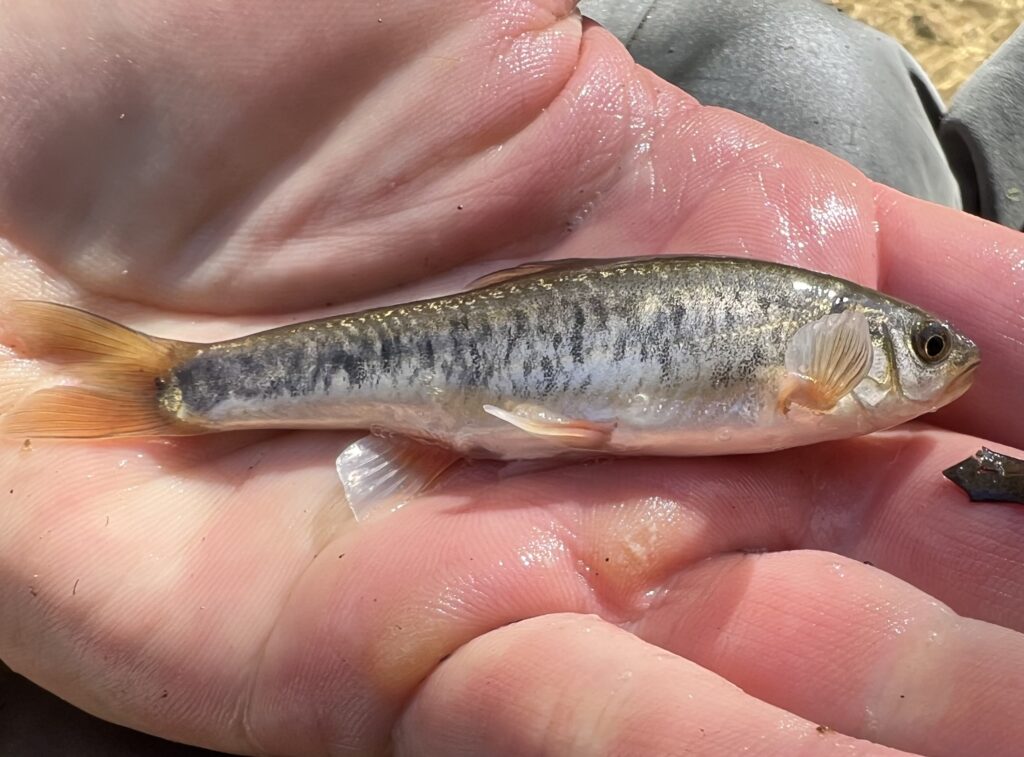Charting New Waters: The Virgin Spinedace’s Path to Recovery
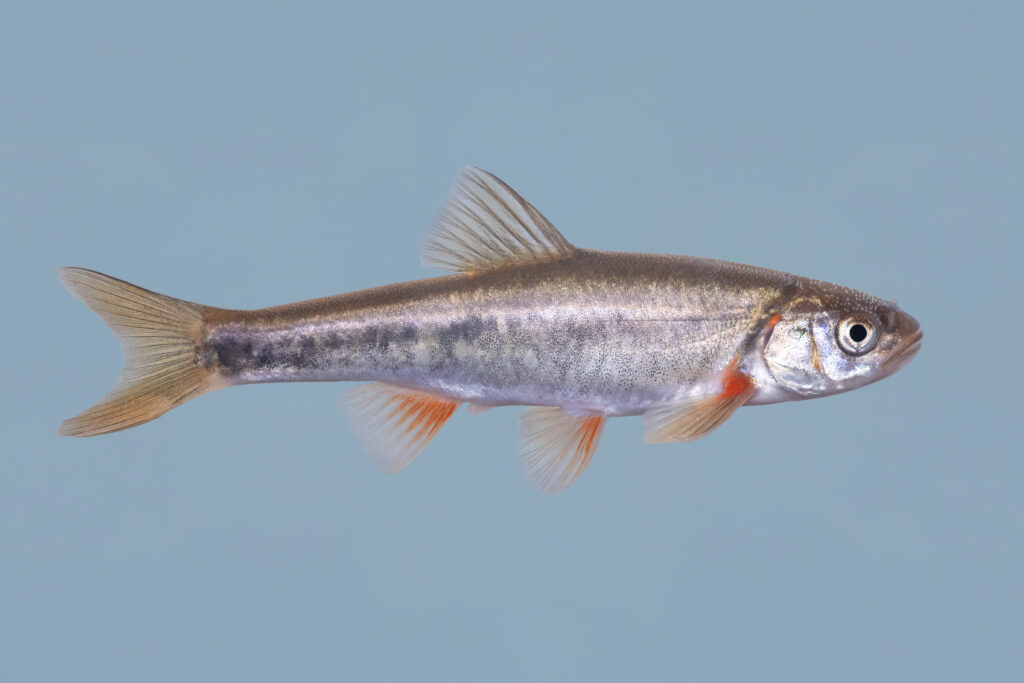
The Virgin Spinedace (Lepidomeda mollispinis) is a unique minnow species found exclusively in the Virgin River’s upper streams across Utah, Arizona, and Nevada. Despite not being closely related to trout, the Virgin Spinedace shares a similar streamlined shape and lifestyle. These silvery fish, typically 3-5 inches long, are most at home in the deeper pools of the Virgin River, protected by vegetation and rocks. By day, they hunt for aquatic invertebrates, playing a vital role in the river’s ecosystem.
Turning the Tide for the Virgin Spinedace
In the early ’90s, the Virgin Spinedace found itself in uncertain waters, occupying just 60% of its former range. The prospect of listing them as “threatened” under the Endangered Species Act sparked an unprecedented collaborative effort by the Virgin River Program and its partners. A year later, the Virgin Spinedace Conservation Agreement was created, forging a new path for conservation without the need for federal listing. This agreement outlined a strategy focused on restoring populations and eliminating threats through monitoring, habitat restoration, and invasive species management.
Monitoring: The Pulse of Conservation
For three decades, regular monitoring has been the heart of Virgin Spinedace conservation, ensuring the fish’s vitality. With 15 dedicated long-term sites, Program partners have been able to watch and respond to the needs of these resilient fish, ensuring they continue to flourish in their native waters.
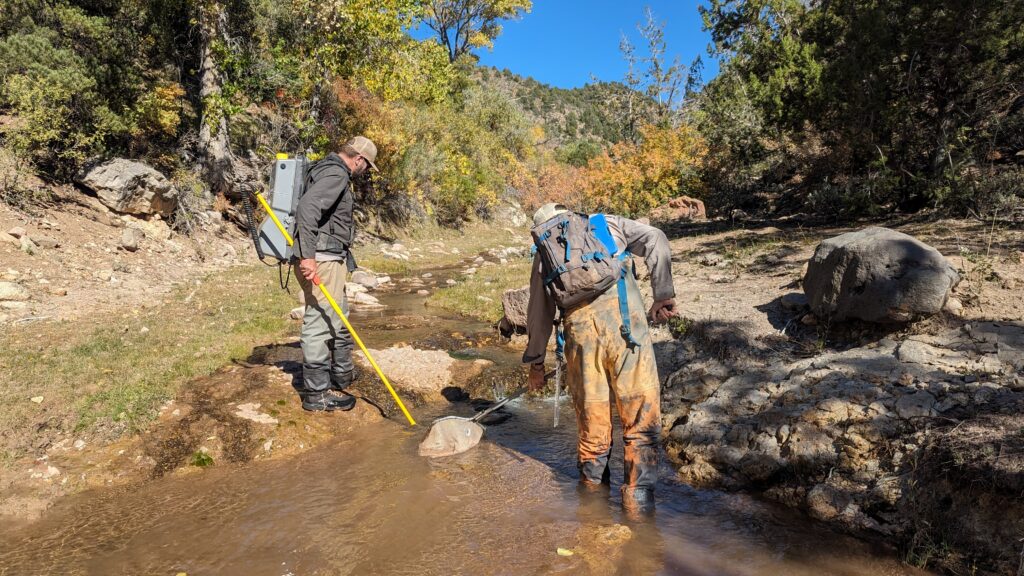
Habitat Restoration: Rejuvenating Rivers
Habitat restoration is another key piece of the puzzle, giving a much-needed boost to the places the Virgin Spinedace calls home. Habitat include removing barriers to reunite fish populations, improving riparian areas, and rejuvenating streamflow. These endeavors have led to thriving Virgin Spinedace populations in the Virgin River, Santa Clara River, La Verkin Creek, and beyond, showcasing the resilience and adaptability of this small fish.
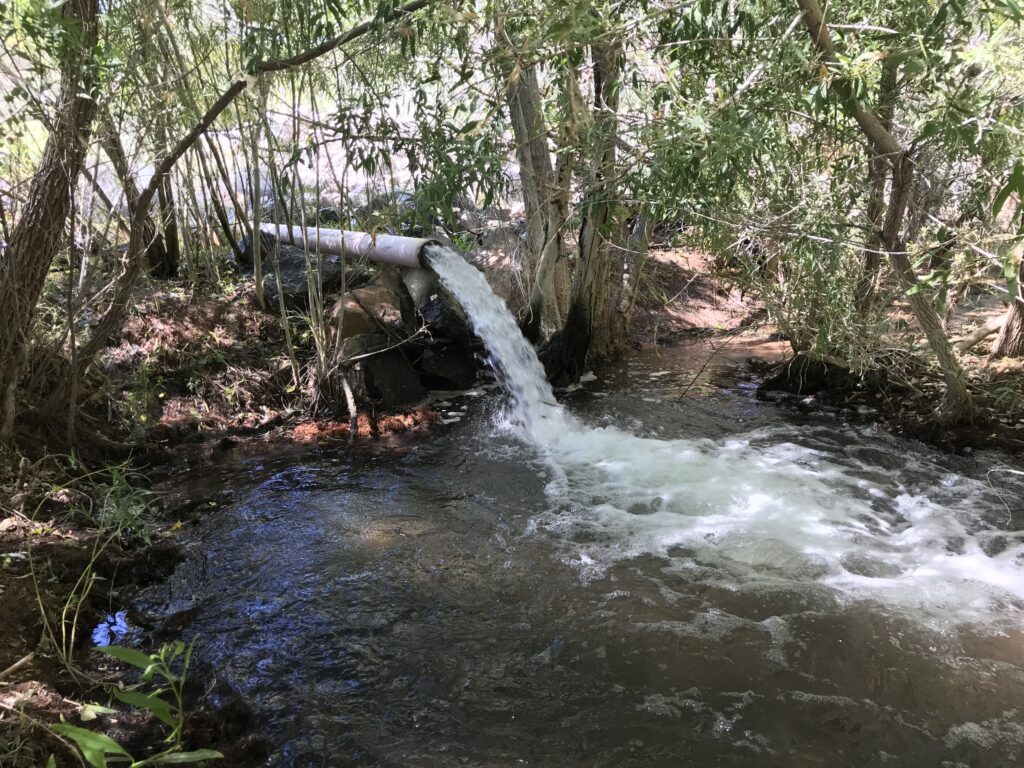
Invasive Species: A Formidable Foe
The battle against invasive species is ongoing. Strict regulations against stocking certain fish, combined with prompt action against illegal introductions, are vital for the Virgin Spinedace’s survival. The successful 2015 chemical treatment of Gunlock Reservoir to remove invasive Smallmouth Bass exemplifies this vigilance and dedication.
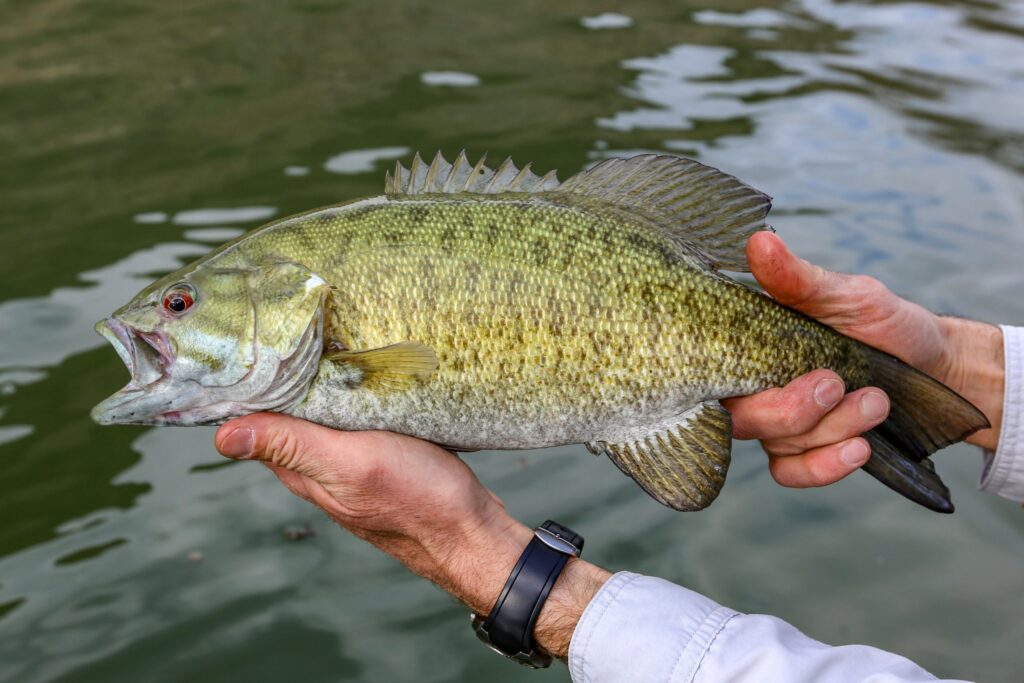
The Map of Success
The collective efforts by Virgin River Program partners have paid off, and the Virgin Spinedace has now reclaimed over 90% of its historical range, spanning more than 140 miles of stream. This triumph is a testament to the enduring power of collaborative conservation, even in the face of natural challenges like droughts and wildfires.
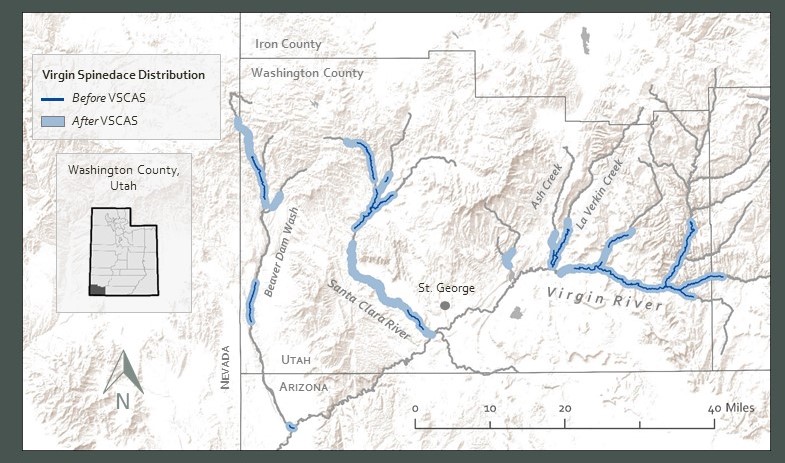
Sustaining the Momentum
Despite the successes, the growing human footprint in southwestern Utah means that proactive management of the Virgin Spinedace is more important than ever. So, what’s next? Future conservation will hinge on persistent monitoring, habitat restoration, and invasive species control, all essential to the long-term viability of this unique fish.
The Virgin Spinedace’s story is a dialogue of determination and teamwork. Share your thoughts and join us in this ongoing journey to protect our river’s natural heritage.
